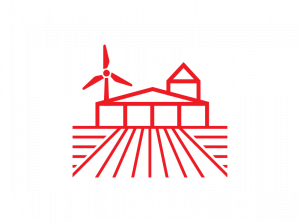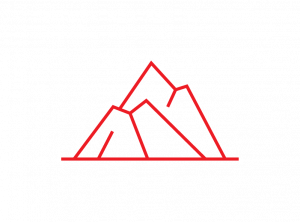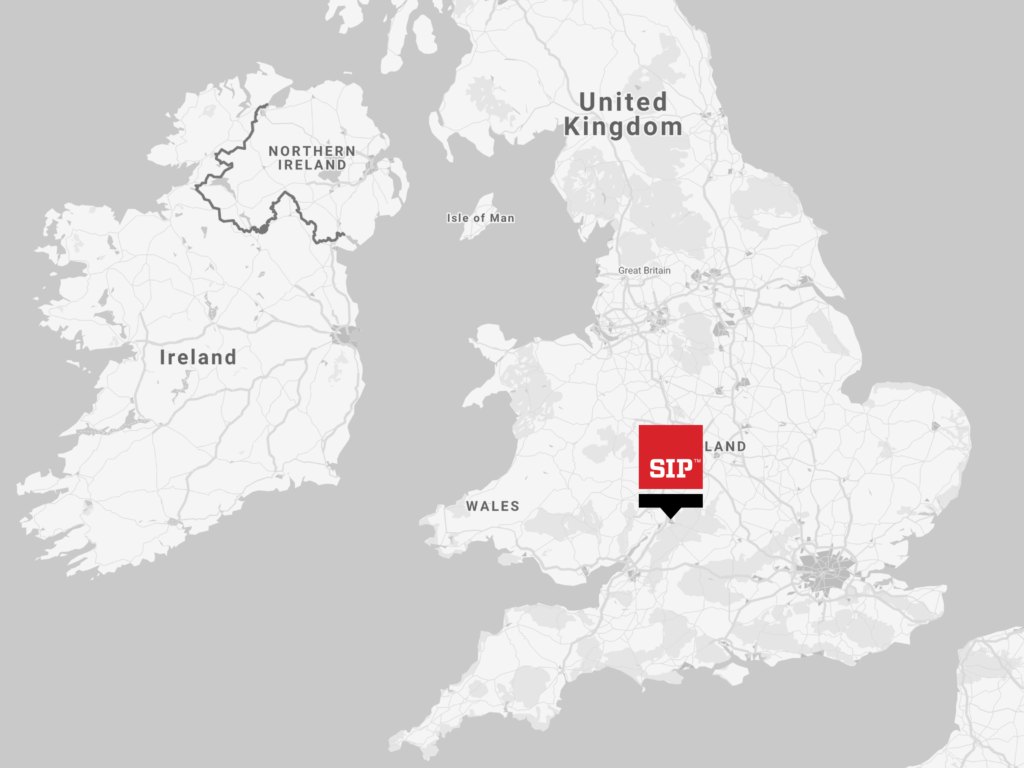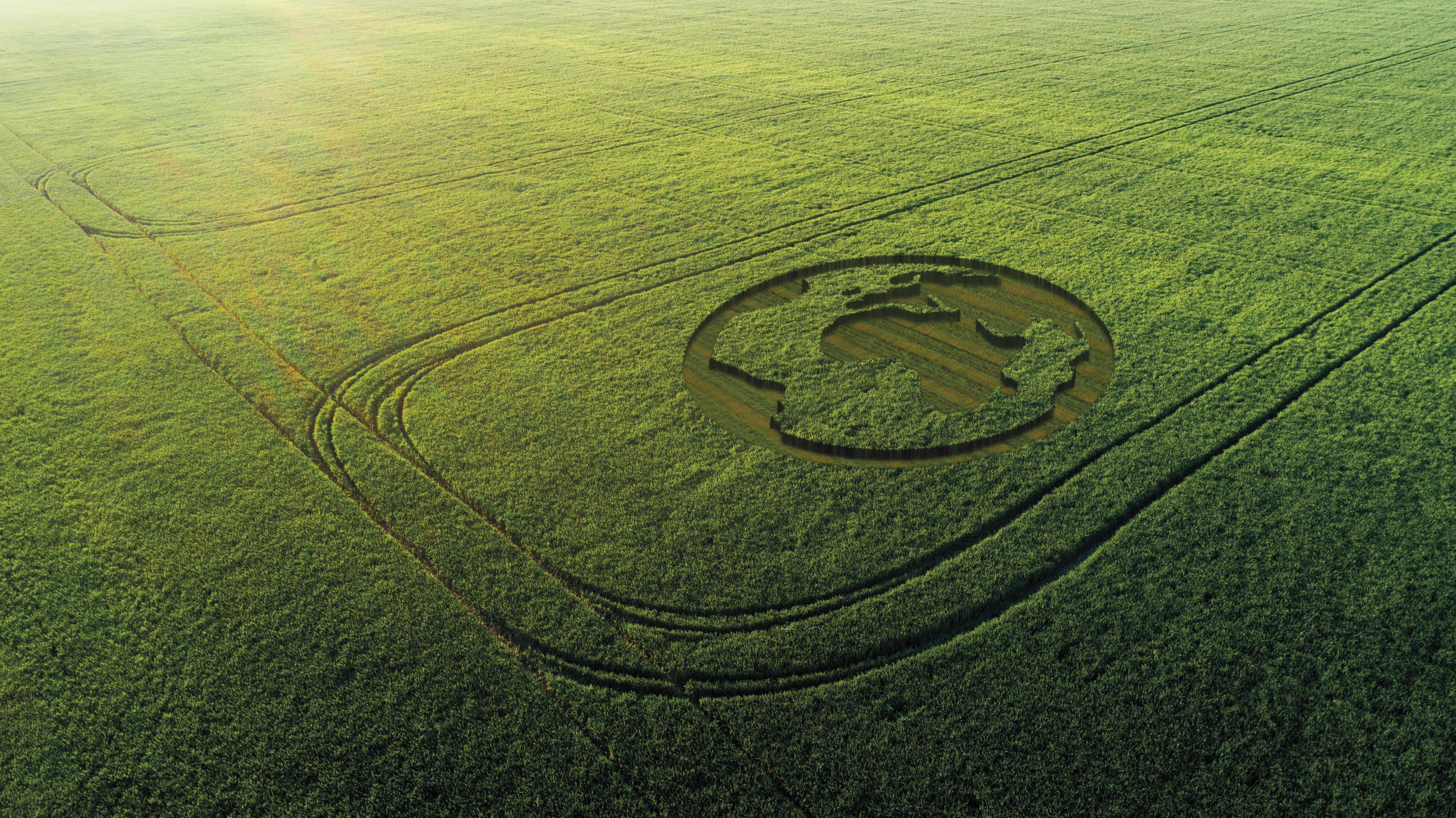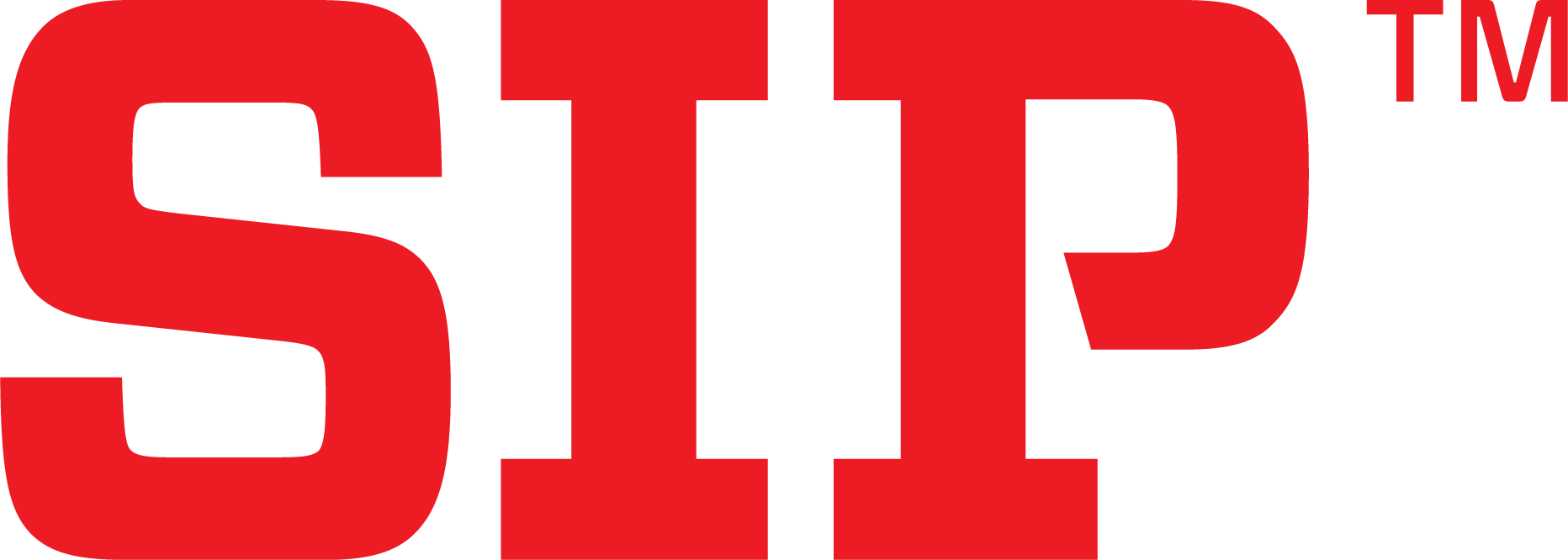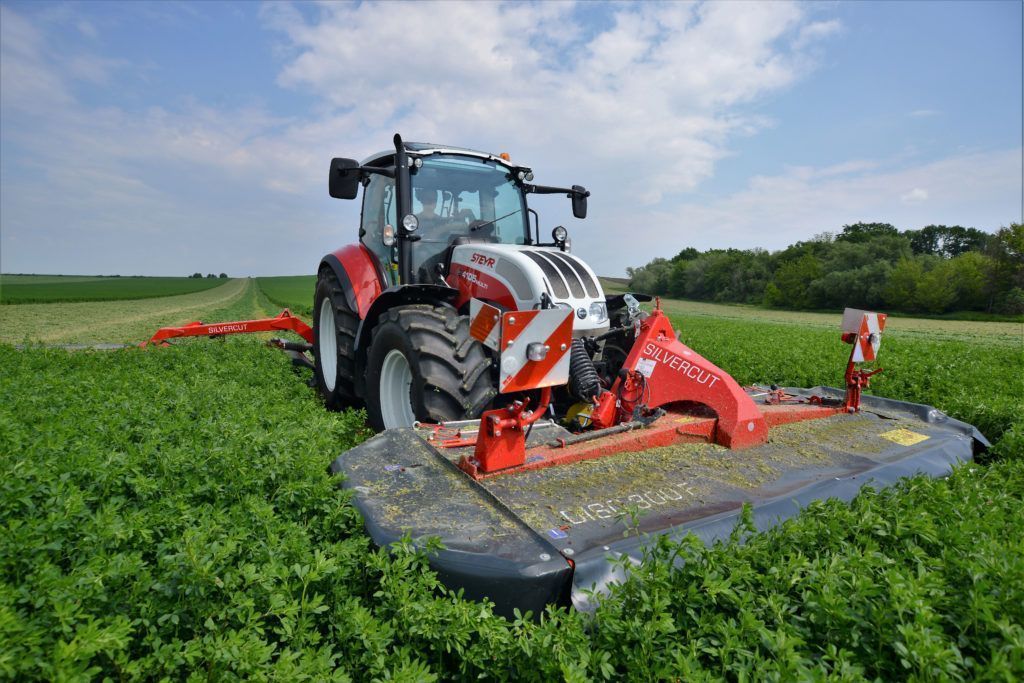Good spring preparation of grassland enables optimal growth and earlier mowing. The most important factor influencing the nutritional value of forage is the growth stage of plants at the time of mowing.
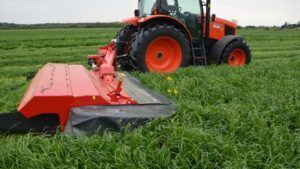
The growth stage of the plant at harvesting has a strong effect on the nutritional value and digestibility of the forage. The largest proportion of proteins, sugars, minerals, and other nutrients is in the leaves of grasses and legumes. As the plants mature, the ratio between the leaves and the stems decreases, and the proportion of fiber and lignin in the stems increases. This reduces the nutritional value of the forage.
When mowing in the early growth phase, the protein content and digestibility of plants are higher but the total dry matter (DM) yield is lower. The total proteins decrease with the growth, while the total energy increases with the growth for some time and then begins to decrease. The ratio suitable for good milk production and a favorable economic result is at the beginning of grass headling and at the budding phase at clover and alfalfa. By mowing in the right growth stage, the ratio between protein and energy in the plants gives the excellent nutritional value of the forage and the optimal DM yield.
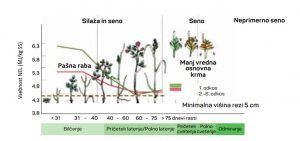
Reference: RWA Slovenija, Tehnologija pridelovanja travinja, https://www.agrosaat.si/pridelovati-krmni-sirek-da-ali-ne/
Mowing later in the growth stage will gain the DM yield, but the nutritional value of forage will decrease sharply after the headling and budding phase. Higher content of fiber and lignin has a negative effect mainly on forage digestibility and consumption. The content of carotenoids also decreases, among them, β-carotene, a precursor of vitamin A, strongly associated with reproduction.
The optimal height of mowing is crucial for the turf and the next cut quality. The optimal cutting height for grasses is between 6 and 9 cm. That maintains the green part of the plant, which is necessary for assimilation. If mowing lower, the regeneration of the plant takes place through the roots, which prolongs the time of overgrowth. Due to the slower growth of grasses, mowing too low can lead to the overgrowth of weeds and exposure to desiccation in the summer heat.
Mowing too low adds soil, sand, or stones to the forage, thus deteriorating its quality. Higher cut enables the air circulation under the cut plants and more even drying while preventing the contamination of forage with soil and sand. In the case of annual grasses, the mowing height may be slightly lower, but this risks excessive contamination of the forage with the soil and slowers the wilting process in unpredictable spring conditions.
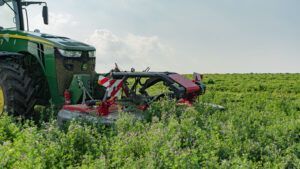
In alfalfa, the mowing height should be between 8 and 10 cm, because the regeneration of the stand is different from grasses. It is typical for legumes and especially for alfalfa that the head of the root system is a few inches above ground level. The new shoots do not yet have a sufficient leaf area developed so they draw nutrients from the roots and depend on the assimilates generated by the leaves on the older shoots. If we mow too low and remove older shoots, the development of new shoots will be slower and the ground will not be covered quickly enough. With premature mowing, new shoots are not yet developed enough, however, with late mowing, the problem is that the new shoots already reach above the cutting height and the overgrowth of the stand is not optimal. In the case of alfalfa, it is recommended that no less than 35 days pass between two consecutive cuttings and that the new shoots measure at least 2 cm.
With the optimal cutting height, clean-cut, timely fertilization, and favorable weather conditions we can achieve the desired number of cuts per season. Proper mowing is also important for the quality of the harvested forage, and above all, for the optimal overgrowth of the turf.
Keywords: sip, agriculture, agricultural machinery, agricultural machines, agricultural equipment, grassland harvesting, making hay, meadow, mowing, disc mowers, tedder, rake, pick-up rake…


